It was early dawn, April 4, 1942, that RCAF Squadron Leader Len Birchall of RCAF 413 Tusker Squadron, and his 8 crewmen took off from their base in Ceylon searching for a suspected Japanese fleet. Birchall’s squadron had only just arrived on the island days before.
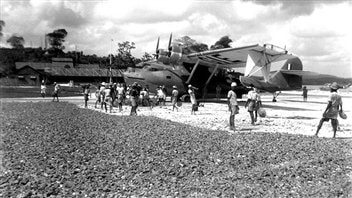
They had been advised that the same fleet which had attacked Pearl Harbour, a few months earlier in December 1940, might now be headed for the strategically important island of Ceylon (now Sri Lanka).
This was where the British Eastern Fleet was based.
Flying a Canadian-built Canso amphibian, the Canadian version of the American PBY, they headed out over the Indian Ocean.
After 12 hours in the air, they realized the hand drawn charts they had been given were inaccurate and they were actually about 450 miles off course.
This turned out to be a stroke of luck as they spotted smoke plumes and specks on the horizon. Birchall flew over to investigate and discovered it was a huge Japanese fleet steaming towards the still unsuspecting Ceylon.
They identified the outer screen of the Japanese fleet and radioed back to base the position, course, speed, and composition of the fleet. In spite of the obvious danger, Birchall continued to fly near the fleet where on closer inspection they identified battleships, several aircraft carriers, and other war ships.
The Japanese were immediately alerted to the approaching intruder and fighters were launched from the aircraft carries. The slow and lumbering Canso had no chance. The fighters managed to set one of the Canso’s fuel tanks on fire, a death blow. However, Birchall managed to ditch the doomed Canso and all except one were able to swim from the plane which sank immediately.
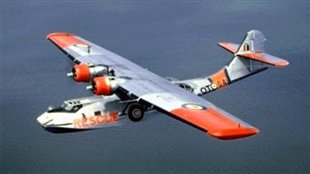
However, the Japanese fighters machine gunned the crew in the water, cruelly violating all rules of war and killed two more and seriously wounding Birchall.
Captured and then severely beaten, again a violation, he spent the rest of the war in the brutal conditions of Japanese prison camps. He secretly documented the atrocities of the Japanese, and having survived the horrific treatment of Allied prisoners, later testified at war crimes trials.
Thanks to his warning however, the Royal Navy sent its fleet to sea to escape the Japanese preparing for the attack. On April 5th over 100 Japanese planes attacked Colombo but found the harbor empty and warned the fleet commander that a surface battle may ensue. The Japanese commander then withdrew his fleet. Over the next few days more attacks were made with losses on both sides, including some of the British fleet that had sailed from Colombo.
However, because of the warning and the inability to catch and destroy the British fleet in the harbour, the Japanese had to cancel plans for a major infantry invasion and so were not able to capture the strategically vital Ceylon (Sri Lanka), thus the island and region were saved.
British Prime Minister Churchill, in 1945 said, “the sighting of the Japanese fleet had adverted the most dangerous and distressing moment of the entire conflict. Ceylon’s capture, the consequent control of the Indian Ocean and the possibility of a German conquest in Egypt would have closed the ring, and the future would have been bleak.”
He called Birchall, “The Saviour of Ceylon.” He received the Distinguished Flying Cross (DFC) in 1946 for his efforts in alerting the fleet and was also made an Officer of the British Empire (OBE) that year for his efforts in the prison camp to protect other prisoners at great personal risk. He is also listed in the Canadian Aviation Hall of Fame and received the Order of Canada in 2000
Postwar Len Birchall remained with the RCAF, retiring as commandant of the Royal Military College of Canada in 1967 when the three major services, army, air force, navy, were unified as the “Canadian Forces” as he was not in favour of the policy. He was then an administrator with York University in Toronto until his retirement there in 1982
Air Commodore Len Birchall passed away on September 10, 2004 in Kingston, Ontario
Norflicks Films trailer- The Saviour of Ceylon
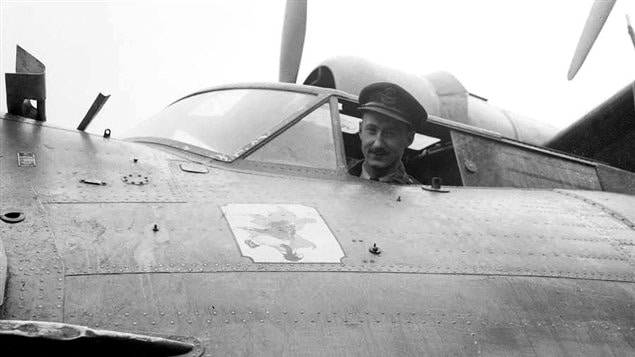


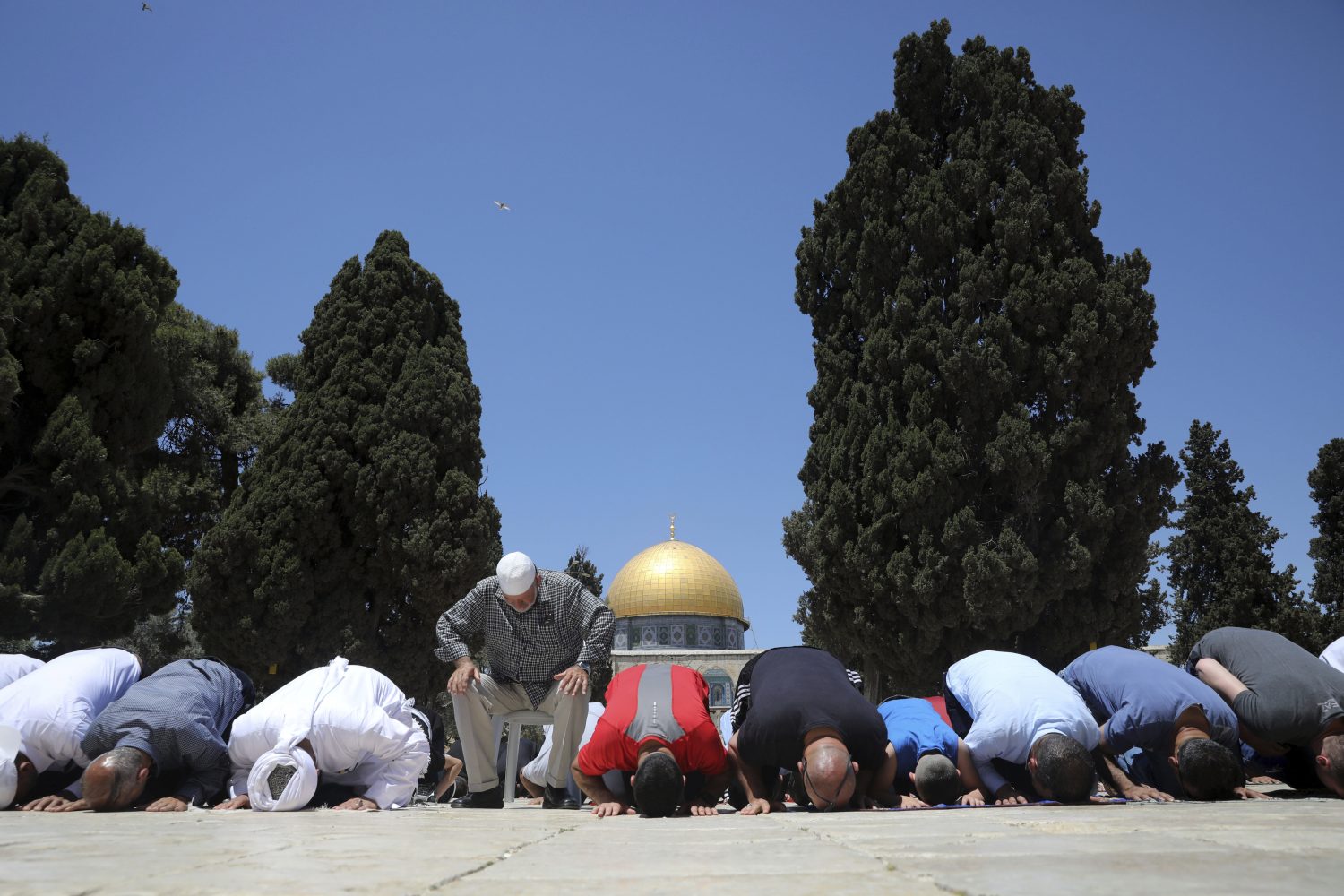
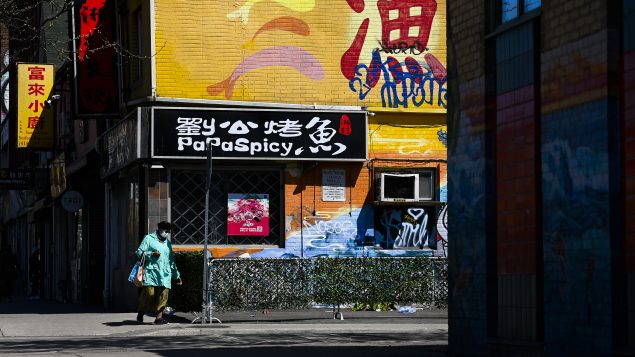


For reasons beyond our control, and for an undetermined period of time, our comment section is now closed. However, our social networks remain open to your contributions.